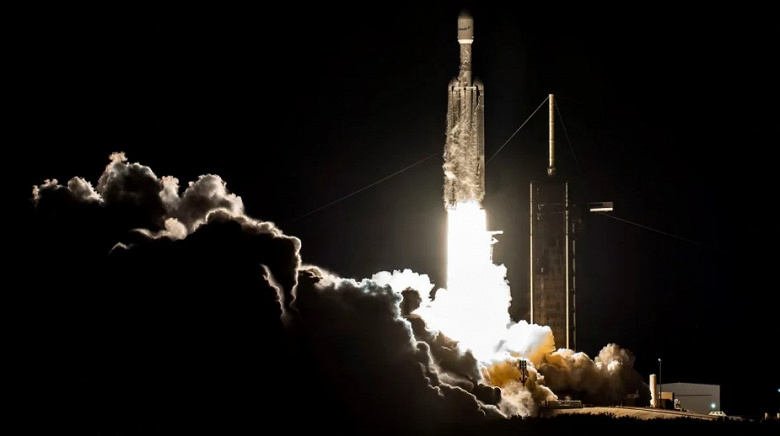Industry representatives have expressed concern about the complexity of the licensing process after the FAA rules are updated in 2021
The Federal Air Traffic Control Agency (FAA) has decided to form a committee responsible for improving licensing requirements for space launches. This decision was made due to industry representatives' dissatisfaction with the changes made in 2021.
«We recognize that the development of the new rules included in "Part 450" was rushed, and we continue to learn from our mistakes», & ;mdash; commented Kelvin Coleman, chief of the FAA's space office, during a conference on commercial space transportation organized by the Commercial Space Flight Federation.
The newly formed committee will focus on a number of issues, including a new approach to licensing of throwback and hybrid vehicles, as well as the development of an alternative licensing process for vehicles in the testing phase. In addition, committee members will actively engage industry representatives.
In 2021, the FAA consolidated four separate rules established previously to form a new «Part 450», which provides the basic criteria that determine the process for issuing licenses for the launch and re-entry of space objects into the atmosphere , and assessing public safety risks and approving operations that do not pose a risk to the public. Outdated licenses must be brought to the new rules before March 2026.
However, the changes made to the 2021 licensing rules did not fully meet industry expectations. Moreover, these changes have made the licensing process more complex and costly, as Caryn Schonewerk, president of CS Consulting, told Congress in October.
Licensing reform aims to move away from rigid rules and regulations to a more flexible approach based on performance and safety to give launch operators more freedom to reach their potential, Coleman explained.
In 2023, the FAA issued a record number of space launch licenses — 124 operations, triple the number in 2020. And according to a press release, the FAA expects that figure to nearly double by 2026.

